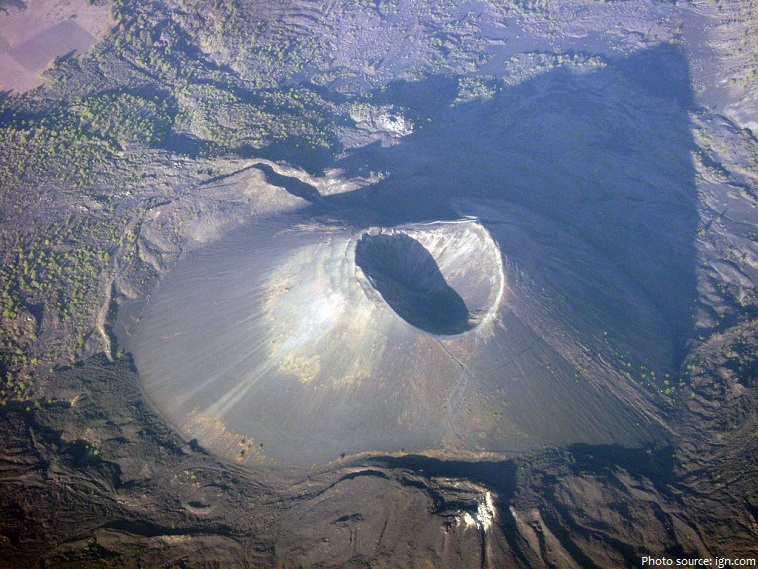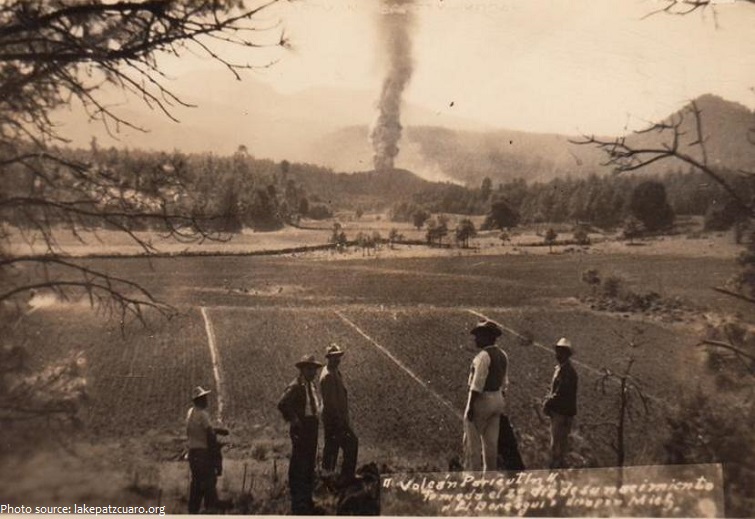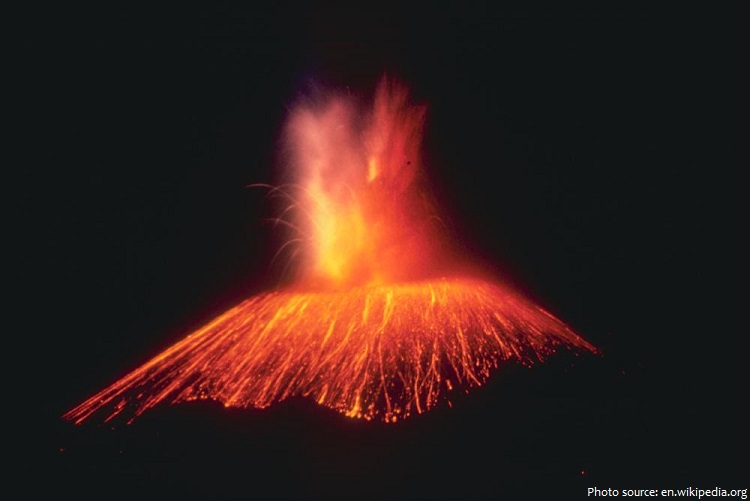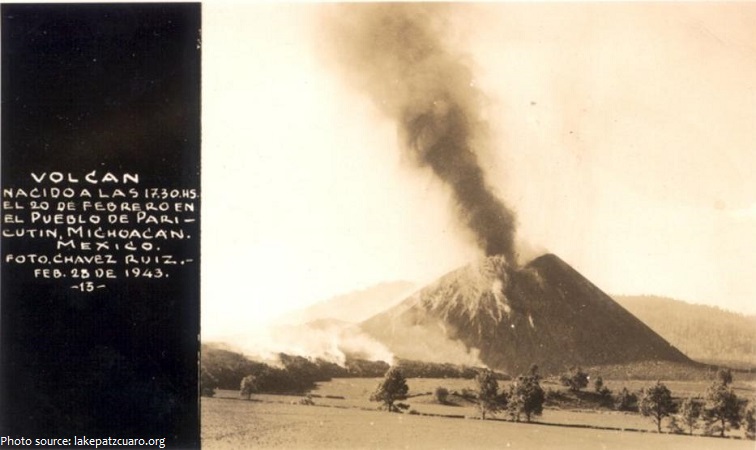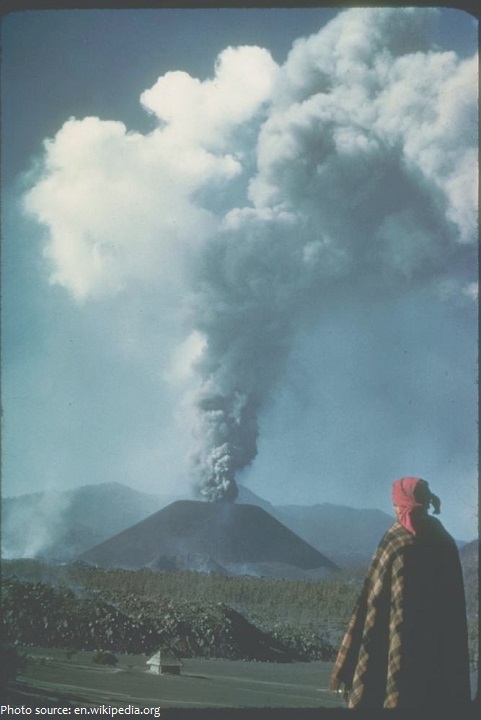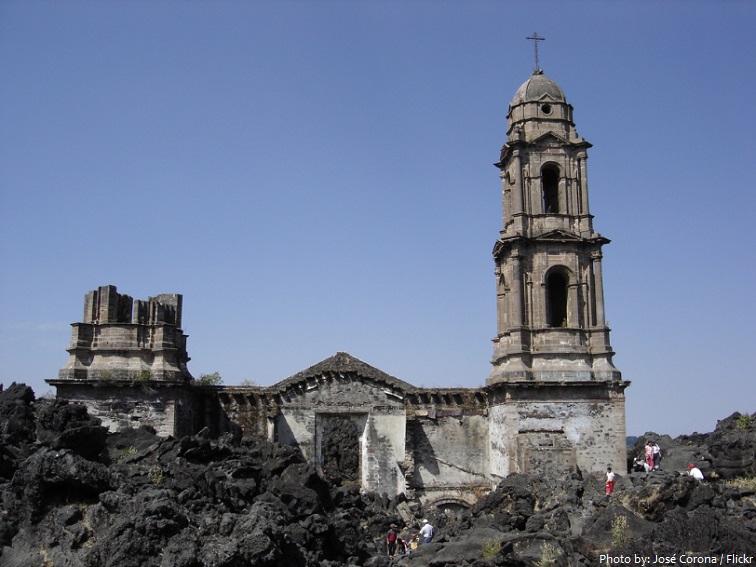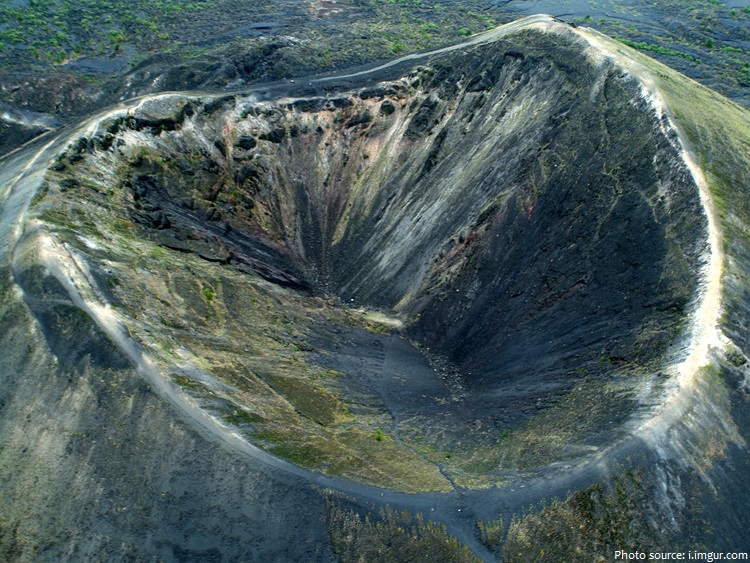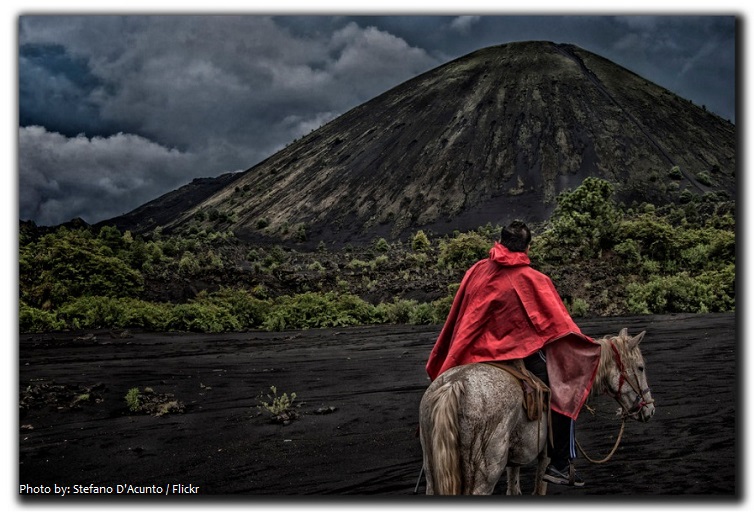Parícutin is one of the seven natural wonders in the world and is located in Michoacan state, Mexico.
It is the youngest volcano in the Western Hemisphere and the reason for being named a “wonder” – its birth was witnessed and studied by people.
Parícutin is a scoria-cone volcano. Scoria-cone volcano is a steep, conical hill of volcanic fragments that accumulate around and downwind from a vent.
The volcano surged suddenly from the cornfield of local farmer Dionisio Pulido in 1943, attracting both popular and scientific attention.
The eruption presented the first occasion for modern science to document the full life cycle of an eruption of this type.
For weeks prior, residents of the area reported hearing noises similar to thunder but without clouds in the sky. This sound is consistent with deep earthquakes from the movement of magma. A later study indicated that the eruption was preceded by 21 earthquakes over 3.2 in intensity starting five weeks before the eruption. One week prior to the eruption, newspapers reported 25–30 per day. The day before the eruption, the number is estimated at 300.
The eruption began on February 20, 1943, at about 4:00 PM local time.
After little more than a day the cone was already 50 meters high (164 feet), and within a week it had reached between 100 and 150 meters (330 and 490 feet). It continued to rise, hurling molten matter across the valley.
In four months, the cone reached 200 meters (650 feet) and in eight months 365 meters (1,200 feet).
Paricutin was very active in its first year, growing to four-fifths of its final 424 meters (1,391 feet) height.
During the peak of its activity in its first year, ashes from the volcano drifted as far as 320 kilometers (200 miles) to the east and fell on Mexico City. With each following year, however, the volcano became less active until, after a final spectacular spasm, it finally went dormant in 1952.
Parícutin erupted from 1943 to 1952, unusually long for this type of volcano, and with several eruptive phases.
During Parícutin’s 9 years of activity, scientists sketched and mapped it and took thousands of samples and photographs.
The event brought geologists from all over the world, but the principal researchers were William F. Foshag of the Smithsonian Institution and Dr. Jenaro Gonzalez Reyna from the Mexican government, who came about a month after the eruption started and stayed for several years.
By 1952, the eruption had left a 424-meter-high (1,391 feet) cone and significantly damaged an area of more than 233 square kilometers (90 square miles) with the ejection of stone, ash and lava.
No one was killed directly by the lava flows or hot ash but three people died after being hit by lightning caused by the pyroclastic ash clouds.
The volcano spread lava over 26 square kilometers (10 square miles), with 52 square kilometers (20 square miles) covered in volcanic sand.
The town of Parícutin, which once had a population of 733, is now completely gone, and all that remains of the town of San Juan Parangaricutiro, with a former population of 1,895, are parts of its main church which stand out among the hardened lava flow.
In addition to the two towns that were obliterated, Zacan (pop. 876), Angahuan (pop. 1,098) and Zirosto (pop. 1,314) were also heavily affected.
The volcano has been dormant since the last eruption in 1952. It is now considered to be extinct.
Although classified as extinct by scientists, Parícutin is still hot, and seeping rainwater reacts with this heat so that the cone still emits steam in various streams. The forces that created the volcano
are still active.
The crater of the volcano is about 200 meters (660 feet) across.
Parícutin lies on the northern flank of the Cerros de Tancítaro, which itself lies on top of an old shield volcano and extends 3,170 meters (10,400 ft) above sea level and 424 meters (1,391 ft) above
the Valley of Quitzocho-Cuiyusuru, wedged against old volcanic mountain chains and surrounded by small volcanic cones with the intervening valleys occupied by small fields and orchards or small settlements, from groups of a few houses to those the size of towns.
Parícutin is merely the youngest of more than 1,400 volcanic vents that exist in the Trans-Mexican Volcanic Belt and North America.
The volcano has become a tourist attraction, with the main access in Angahuan, from which the volcano is clearly visible. The town offers guides and horses, both to visit the ruins of the San Juan Parangaricutiro Church as well as to climb the volcano itself.
The volcano is part of the Pico de Tancítaro National Park and is mostly accessible on horseback, with only the last few hundred, very steep, meters to be climbed on foot. The trek requires a guide even if horses are not used, as the path is not well-marked and passes through forest, agave fields and avocado groves.
Despite the ongoing Second World War, the eruption drew attention from around the world, with reporters from newspapers and magazines including Life coming to cover the story.
Shots of the volcano during its active phase were included in 20th Century Fox’s film Captain from Castile, released in 1947.
